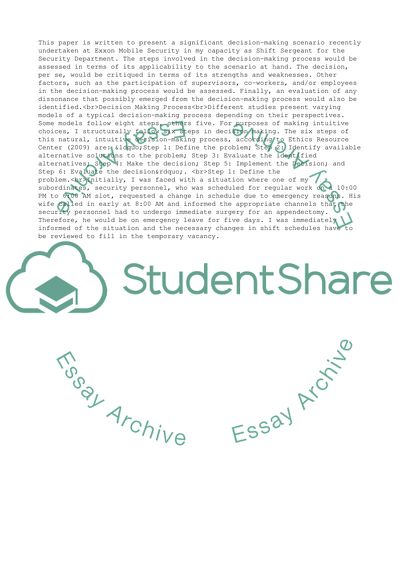Cite this document
(Decision Making Process at Exxon Mobile Security Case Study, n.d.)
Decision Making Process at Exxon Mobile Security Case Study. Retrieved from https://studentshare.org/business/1553616-decision-making-paper
Decision Making Process at Exxon Mobile Security Case Study. Retrieved from https://studentshare.org/business/1553616-decision-making-paper
(Decision Making Process at Exxon Mobile Security Case Study)
Decision Making Process at Exxon Mobile Security Case Study. https://studentshare.org/business/1553616-decision-making-paper.
Decision Making Process at Exxon Mobile Security Case Study. https://studentshare.org/business/1553616-decision-making-paper.
“Decision Making Process at Exxon Mobile Security Case Study”, n.d. https://studentshare.org/business/1553616-decision-making-paper.


